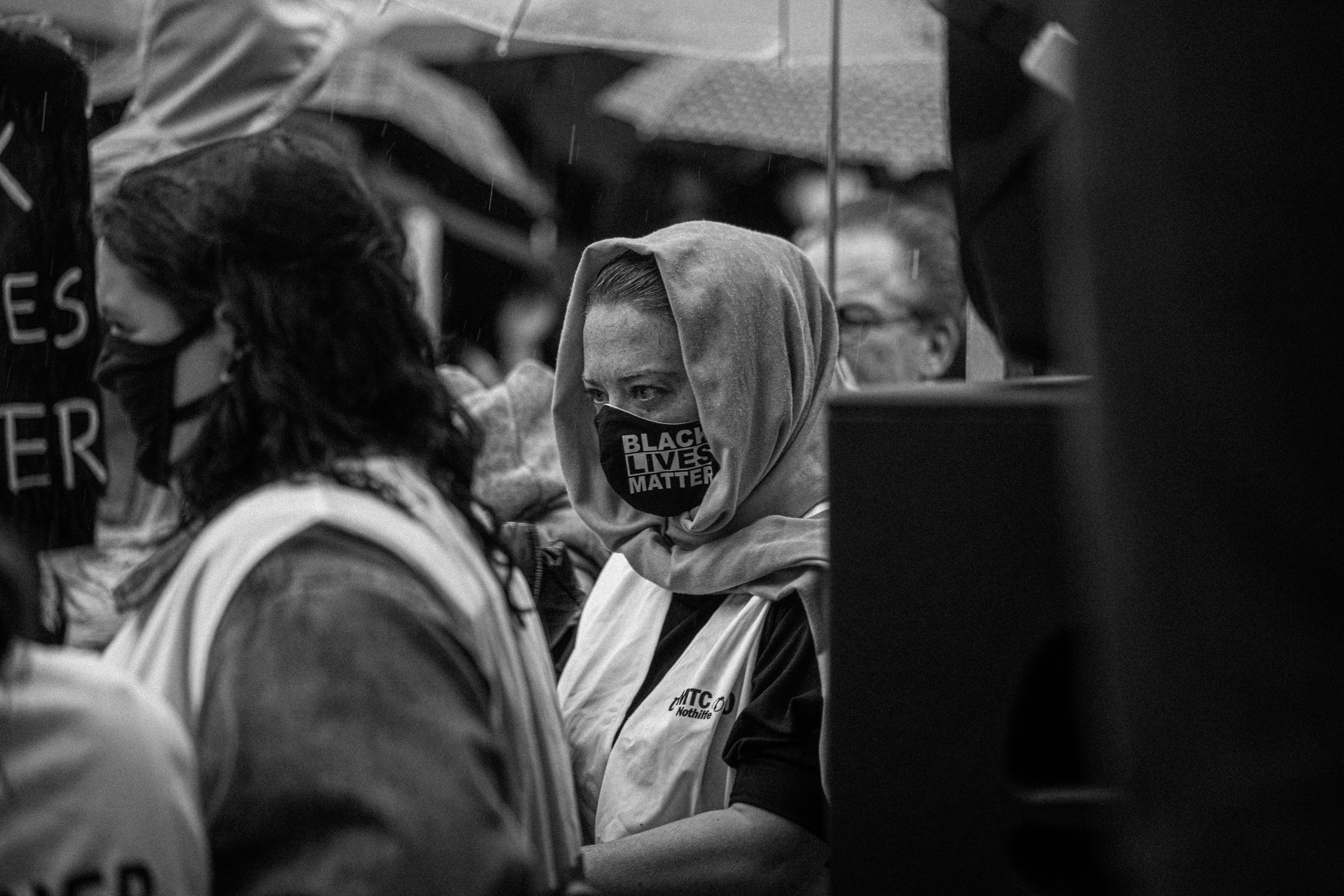From what I suppose you can call a rant in reference to the Lead Safe Work Practices Act (This would be the new name of the week for this wonderful piece of legislation that has graced us). I have sat down again and thought of a few more things that make you consider What is all this?
Tomorrow I am about to start a job that the client’s house is located in a beautiful historic district of the city. At this time, the client has no children living in the home, but she is pregnant. This is one of the major sticking points regarding the Lead Safe Work Practices Act. The client’s home has a separate studio where she works and currently resides. The owner is currently working on the house and it is in a state of renovation. This is where I have been thinking about the work at home situation.
You’d be surprised how many people still don’t know these laws and the process for a safe workplace exist. The Lead Safe Practices Act states that the Certified RRP Contractor must Clean work area before any work that begins after the containment area has been established. I feel this is a point of concern. I know the client has been working on this house doing other projects prior to my project, I assume not using lead safe work practices as outlined by the Environmental Protection Agency. You’d be surprised how many people still don’t know these laws and the process for a safe workplace exist.
The law also states that after a certified contractor completes a project, they must clean the area again to remove lead dust contamination. The client then has the legal right to have the area tested for lead contamination by an outside company at the contractor’s expense if deemed necessary. Take a moment and reflect on these topics:
1- Knowing the society in which we live, what would happen if this client has complications with her pregnancy or if her child is born with some kind of lead poisoning problem, who would be wrong?
2- What protection is built into this law to protect the contractor if he has done everything possible to protect all parties involved?
3-What would prevent the client from returning to the renovation company and trying to make it legal for these problems.
4-As the law is written, there is no protection for the contractor involved. Do the fines go directly to the contractor and not to the certified renovation company?
5-Is it possible that the client who has been working on the house and has not used Lead Safe Work Practices could hold the contractor responsible for problems that he or she may not even have caused because the client became contaminated?
Now let’s be honest here, I don’t want this to sound like a person who doesn’t care about kids because I have kids and I would do anything to protect them to the best of my ability. I think most people feel the same as me. But, as a small business owner, this type of situation would destroy a business with the types of fines provided by law.
This law that was established has great basics, but it also leaves a lot to chance and many points that are subject to personal interpretation as to what the law means and how it affects all parties involved.
In closing, as a company certified to the new EPA lead laws, I will do everything I can to keep people safe and healthy. But, you also have to put some responsibility on the customer on this issue when looking at it from both sides. Look for the next installment of: Thoughts on the New Lead Paint Renovation Program (Part 3)
